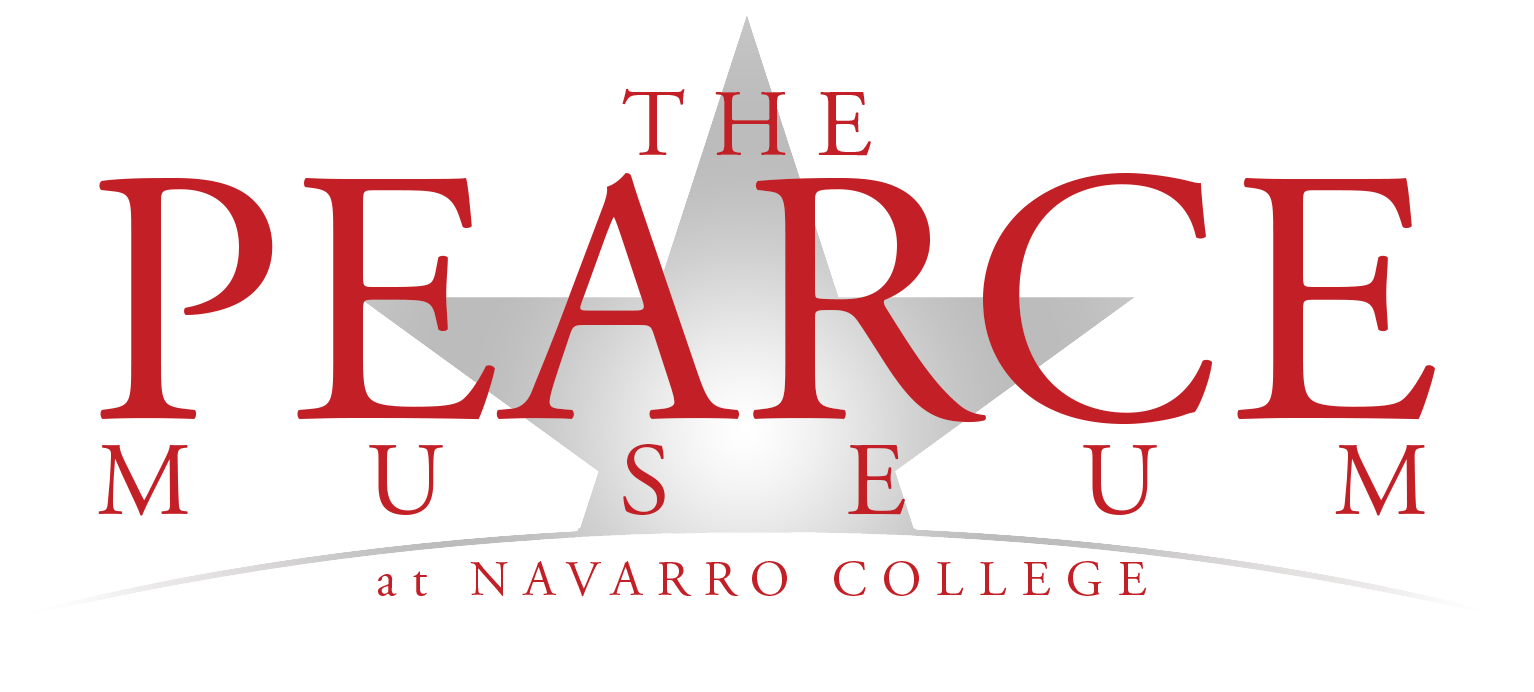Flags of Texas
History of Flags
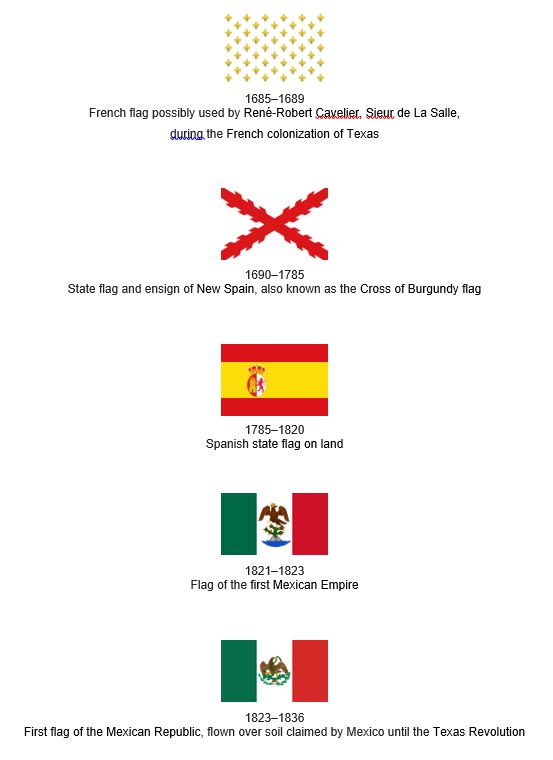
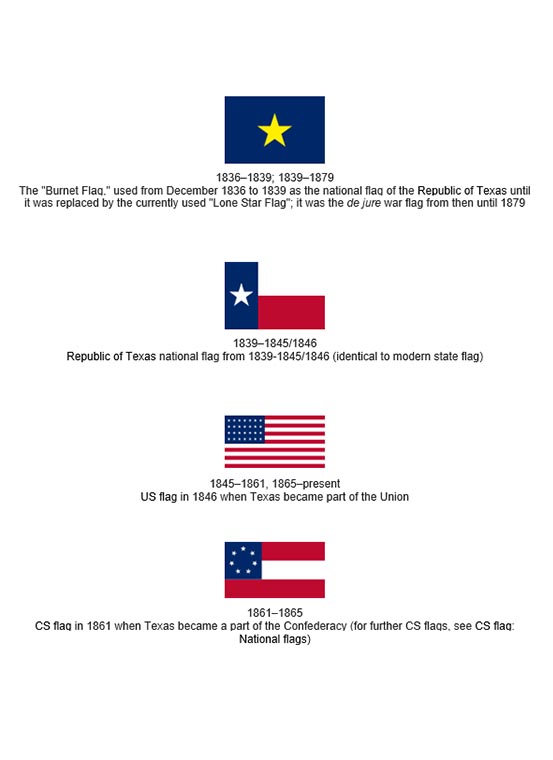
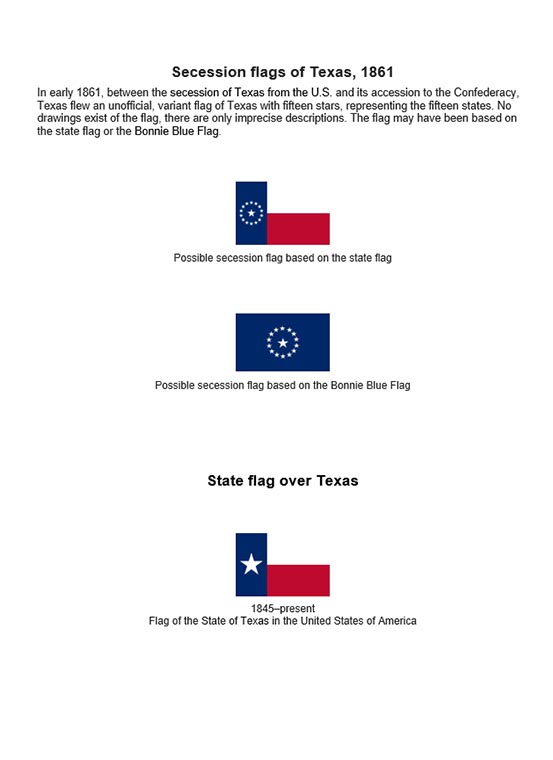
Battle Flag of the 4th Texas
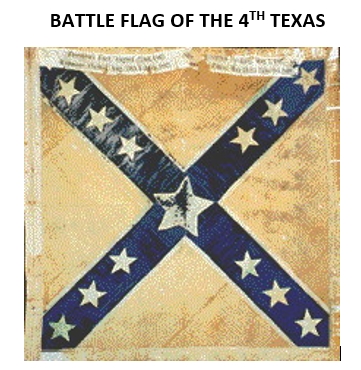
The 4th Texas carried two different battle flags during the Civil War. The first battle flag was presented to Colonel (later General) John B. Hood and the 4th Texas during November, 1861, by Lula Wigfall, daughter of Brigadier General Louis T. Wigfall, commander of the Texas Brigade. The battle flag was made from the silk wedding dress of Lula Wigfall’s mother, who married General Wigfall twenty-five years before the Civil War.
The colors of this battle flag were the ones set by Confederate standards. The field of the battle flag was red, with a yellow border around the edges. The thirteen stars in the blue cross of the flag were white, with the center star being twice the size of the other twelve. (Apparently Miss Lula Wigfall felt that Texas was the most important state of the Confederacy, so she gave the Lone Star State an extra large star.) On the top of the flagstaff was a spearhead with the engraving, “Fear not, for I am with thee. Say to the north, give up, and to the south, keep not back.”
The first battle flag of the 4th Texas was carried through the battles of Eltham’s Landing, Gaines’ Mill, Freeman’s Ford, Second Manassas, Turner’s Gap and Sharpsburg. The first color bearer was Ed Francis of Company A, who carried the flag through all its battles until he fell seriously wounded on August 30, 1862 at the Battle of Second Manassas. It was also at Second Manassas that the spearhead of the flag was struck by a minie ball.
Eight more color bearers fell in battle carrying this battle flag in the ensuing battles, and the flag was pierced by sixty-five bullets and three shells. The silken banner was retired on October 7, 1862, due to the heavy damage it sustained during all the battles in which it was carried.
Captain Stephen H. Darden of Company A took the flag back to Texas and presented it to Gov. F. F. Lubbock for deposit in the state archives. In 1865, as the war ended, Captain C. C. Walsh and Sgt. R. R. Robertson of Company B of the 4th (who were at home at the time), took the battle flag from the archives in Austin, wrapped it in a piece of oilcloth, and buried it on the banks of Barton’s Creek near Austin. This kept it from the hands of the Federals who reached Austin the next day.
The first battle flag remained buried on the banks of Barton’s Creek for six years. On June 27, 1861, the ninth anniversary of the battle of Gaines’ Mill, the flag was resurrected by a few survivors of Company B, who had gathered to observe the anniversary.
The flag was committed to the custody of Val C. Giles, a former member of Company B of the 4th Texas. At the turn of the century, the flag was presented to the United Daughters of the Confederacy, and it was placed in their museum in Austin.
When the first battle flag of the 4th was retired in October 1862, it was replaced by a second standard battle flag with a red field and blue cross with thirteen stars, although the middle star was again twice s large as the others. Presumably this second banner was carried throughout the rest of the war and was surrendered at Appomattox Courthouse on April 9, 1865.
Letter
This transcription was copied from the original document and is representative of all spelling, punctuation, and grammar as written by the creator. The original document is housed in the Pearce Civil War Collection, Pearce Collections Museum, Navarro College, Corsicana, Texas. https://www.PearceMuseum.com
Hd Qrts 4th Texas Regmt
January 26th 1862
Miss Louise
Allow me to thank you for the beautifull Flag. You have been so kind to present to my Regiment.
I can assure you, that the gallant hearts that throb beneath its Sacred folds, will only be content, when this glorious banner, is planted first and foremost in the coming Struggle for our independence. The well selected motto will be engraved on the Spear-head. And after we have gained all for which we are now contending, it shall be placed in the archives of the State of Texas. – May we not cherish the fond hope of claiming Miss Louise, as, “la fille do Regiment,”?
I am with great respect
- B. Hood
Col. 4th Texas
To
Miss Louise S. Wigfall
Richmond,
Va
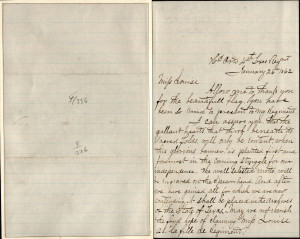
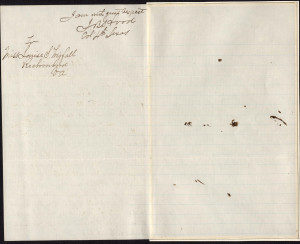
QUESTIONS
- Who wrote this letter and what was the occupation?
- What side of the Civil War did the writer support? Provide evidence.
- What was the purpose of the letter?
- What important details are provided in this letter?
- What is the mental state of the writer? (ex: anger, despair, empathy, joy, sympathy)?
